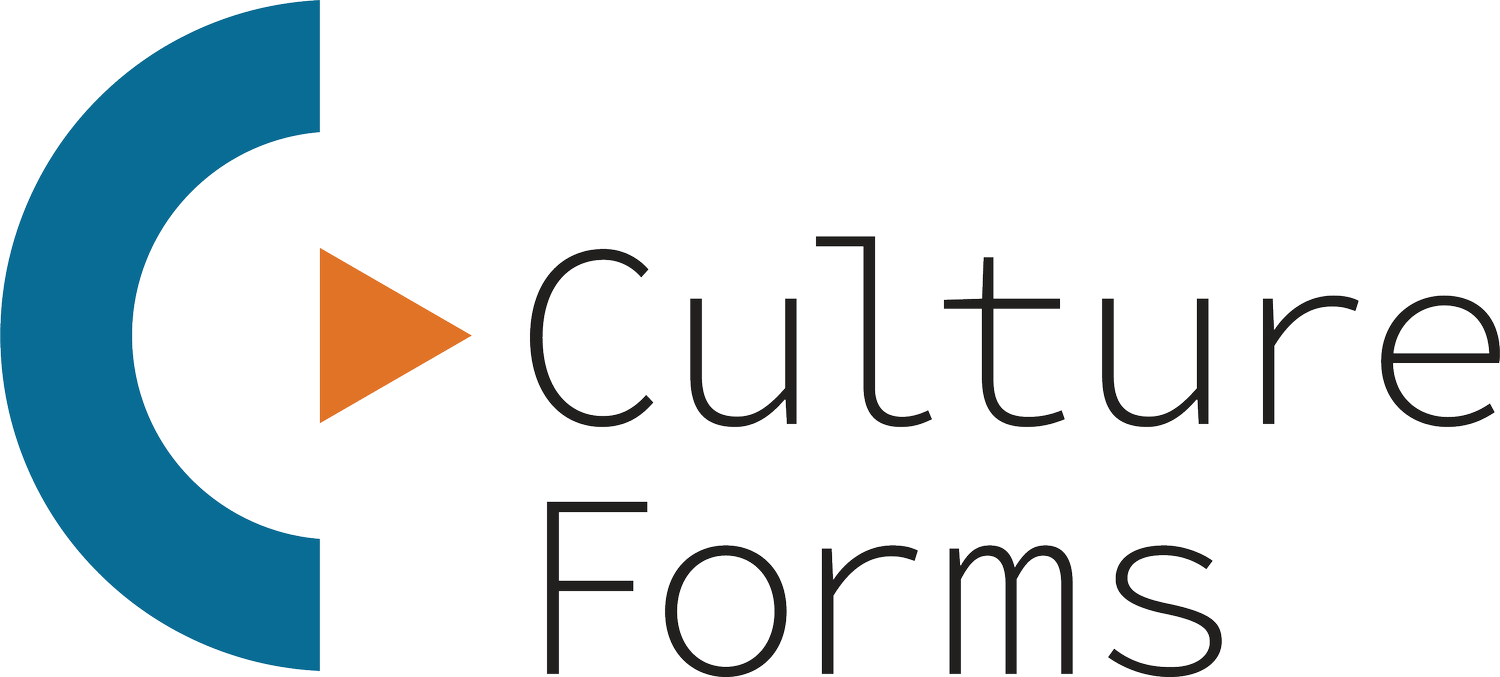Introducing the Syllables of Work (and Life)
When I was 30, I got a job as a part-time receptionist at a nonprofit law firm. It began as a way to pay rent and form a bit of structure around my life as a poet; I was a recent graduate of the Iowa Writers’ Workshop, and the author of two books. A friend sent me the listing: Maybe this would be a good gig for you?
I spent more than six years in that seat, paid to answer the telephone or doorbell when they rang. When things were quiet, I would read, edit, or observe the choreography of the office. There was candy on the counter. Whenever I could, I’d look up and acknowledge people as they walked by. This minor act led to trusting relationships with scores of staff, one conversation at a time. Like Lucy from Peanuts, someone once said.
What I learned at the reception desk, and later in a new role that I created called Culture Program Manager, is deceptively simple. It depends on things many of us absorb in elementary school, but perhaps forget when we grow up and go to work.
It’s a series of interdependent factors that build on and correspond with one another, just as sentences accumulate to form paragraphs and books. For this reason, I call this system “The Syllables of Work and Life.”
The Syllables of Work and Life
As is the case for most things, work depends on learning. Learning often depends on asking for help and offering it. Giving and receiving help depends on trusting relationships. (I know I learn better when I trust the people guiding me and I imagine you do too.) Realistic and effective learning environments depend on people being comfortable making mistakes, or even sometimes failing. These “Syllables of Work and Life” exist in a sea of two more vital elements: creativity and uncertainty, related poles of how we handle questions. Through my experiences, I know it’s vital that groups learn to talk and think about these interdependent factors.
My life as a poet in the workplace taught me how the skills I’ve relied on for poetry are the very same ones needed to build and sustain community: being open to surprises, unexpected connection, and juxtaposition; paying careful attention and remembering to employ genuine curiosity; being comfortable with doubt and uncertainty—which is to say, seeing change as a creative act instead of a death knell.
How did I get here?
Several years into my post at reception, I was invited back to Iowa to teach a summer workshop and granted a two-month leave. The sudden juxtaposition of a very different kind of work sparked new curiosities, and when I returned to the office, I taught a class about creativity to 27 colleagues—from my Admin peers to the president. I talked then, as I still do, about confidence and inspiration regularly getting in our way, and how the biggest impediment to spending our lives in ways we intend is, most often, time. (When you think about it, time is another word for change.) So as life changes, how can we stay connected to whatever we hold dear, including creativity?
The hour leveled the hierarchy, creating an opportunity for a new plane of connection. This isn’t just nice because it sounds good: trust and community are necessary pre-conditions for any challenging work; without first checking that trust is in place, an organization can end up doing more harm.
Over 18 months, that seed of an idea turned into a new role I built, one that coaches and executives have noticed as a fresh perspective. (Perhaps it’s unique because it’s steeped in obvious fundamentals; once, a coworker wrote me a kind farewell, thanking me for modeling how to treat our colleagues as human beings.)
The point was never to make everyone into poets and artists. My original intention was to try something different that might illuminate who any of us were beyond our roles. Furthermore, the point is to foster trust through simple practices people create together so that they might feel more fulfilled in their work relationships and want to stay. The point is to conserve institutional memory, reduce turnover, strengthen collaboration. Can you imagine an organization that doesn’t want these things?
Poetry, after all, is a way of paying attention, and paying attention in workplaces means more than being ready to answer the next question. It means asking questions regarding what a meeting is for, or wondering what constitutes a good question, or what makes an invitation one we’d be glad to accept. These principles apply beyond the workplace, too: my neighbors and I have been gathering in community circles since June 2020; in March of 2023 we held our 48th circle. It began by imagining something we hadn’t tried yet.
Over the years, I’ve learned—and re-learned—that creativity can be a key to building trust. When we share our imaginations—what we think might be possible, what we’re willing to try—we suspend ourselves from self-recrimination or the judgmental chatter that says things will never be different. Activating one’s imagination is an act of trust. Sharing it with people is another.
I’ve learned that no matter how much trust you think you have in place on your team, there can always be more. Trust will never be a fixed ambition or metric; it will continue to change over time, as an organization changes, both because of new policies and also because people come and go. And a group’s commitment to spending intentional time together makes trust more probable. It’s not something anyone can switch on or off. It’s the process. Period.
For all kinds of questions and challenges, whether on Zoom or in person—from how to be an organization where everyone can belong and stay and grow to how build trust among your neighbors—I’ve learned that creativity is the key. Let’s begin by imagining something. Anything.

